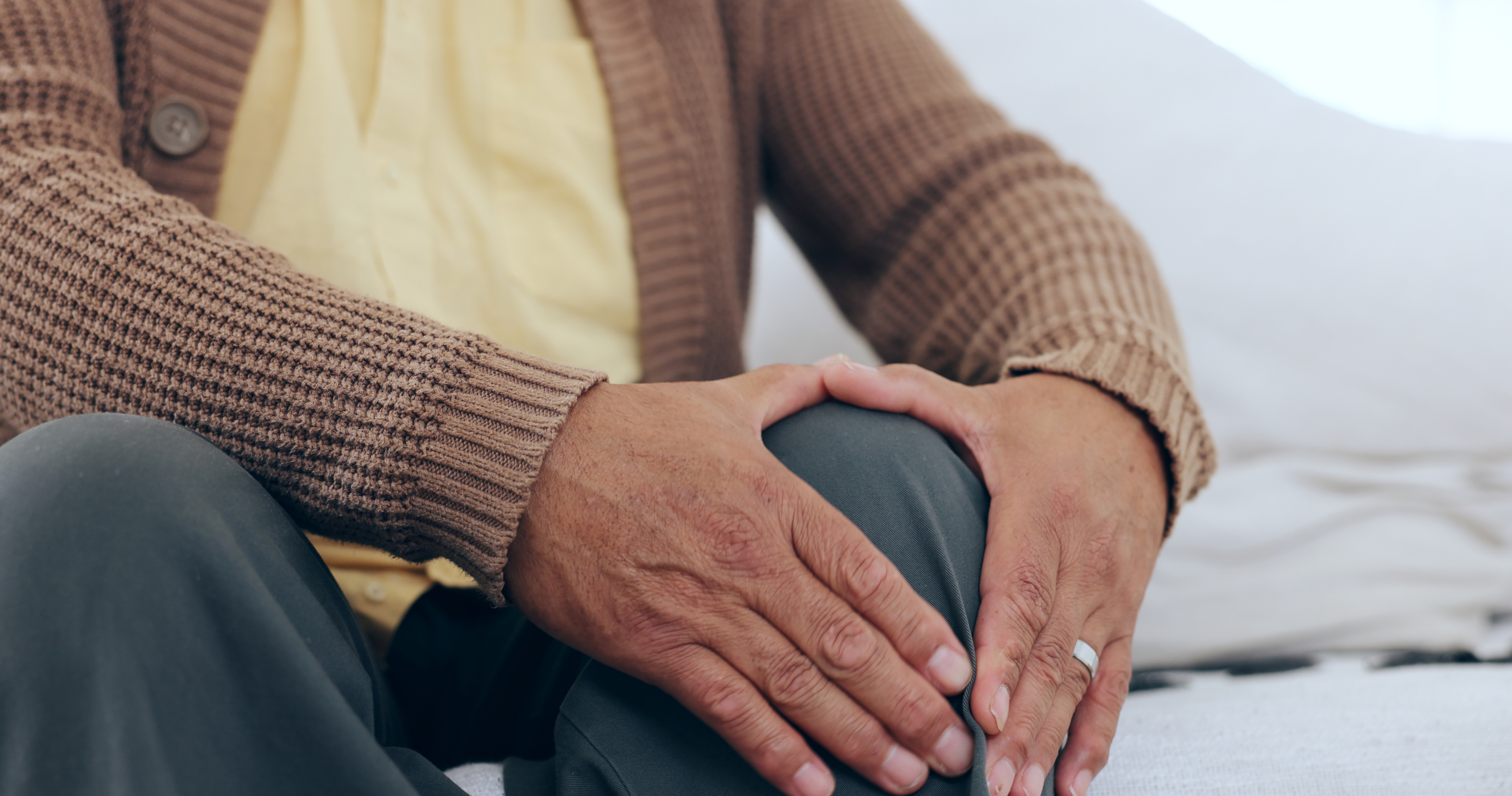About 20% of women and 4% of men aged 50 or more in the US have been diagnosed with osteoporosis. It refers to a decreased bone density and mass, particularly in older adults. Unfortunately, it increases the risk of bone fractures (mainly fragility fractures) in old age. However, an early diagnosis and a proactive approach can help prevent and manage osteoporosis, decreasing the risk of fractures. Here are seven practical tips to help mitigate the impact of osteoporosis.
Adequate Calcium Intake
Let’s focus on including calcium-rich foods in our diet, such as dairy products, leafy green vegetables, and fortified foods. Generally, we should take at least 1200 mg of calcium per day (through diet and supplements). We can discuss calcium supplements with our healthcare providers to meet our daily requirements if needed.
Adequate Vitamin D Intake
Vitamin D is crucial for calcium absorption and bone health. As sunlight is a primary source of vitamin D, spending time outdoors to absorb natural sunlight can help prevent osteoporosis. Additionally, we can include vitamin D-rich foods like fatty fish, egg yolks, and fortified dairy products in our diet. We should take at least 400 International Units of vitamin D daily (800 IU in postmenopausal women) through diet, sunlight, and supplements.
Weight-Bearing Exercises
Weight-bearing exercises help strengthen our bones and improve overall balance, reducing the risk of falls and fractures. Brisk walking and weight training after early diagnosis can prevent fragility fractures in older age. Similarly, Tai Chi exercises also offer an effective way to improve overall bone health.
Quit Smoking and Limit Alcohol Intake
Smoking and excessive alcohol consumption increase bone loss and density, enhancing the risk for osteoporosis. Let’s consider quitting smoking and limiting our alcohol intake to promote better bone health. Support programs and resources are available to assist us in adopting and maintaining a healthy lifestyle.
Home Modifications for Osteoporosis
Creating a safe living environment is essential for individuals with osteoporosis as it increases the risk of falls and fractures. Simple modifications, such as removing tripping hazards, installing handrails, and ensuring proper lighting, can significantly reduce the risk of falls and fractures. We can consult with an occupational therapist who can provide personalized recommendations for home safety.
Regular Bone Density Monitoring
Regular bone density monitoring through DEXA (Dual Energy X-ray Absorptiometry) scan, vitamin D levels, and fracture index calculations can help in the early diagnosis and management of osteoporosis. So, we should adhere to our scheduled bone density assessments to track the effectiveness of interventions and make informed decisions about our care.
Take Home
Osteoporosis affects every 5th US woman, increasing the risk of fragility fractures. However, some viable measures can help manage the diseases effectively. Adequate calcium and vitamin D intake, weight-bearing exercises, quitting smoking, limiting alcohol consumption, and making home modifications can help reduce the risk of osteoporosis. Moreover, regular bone density monitoring ensures early detection and effective management. Lastly, we should also consult with our healthcare professional for a personalized treatment plan and osteoporosis medications if required.

